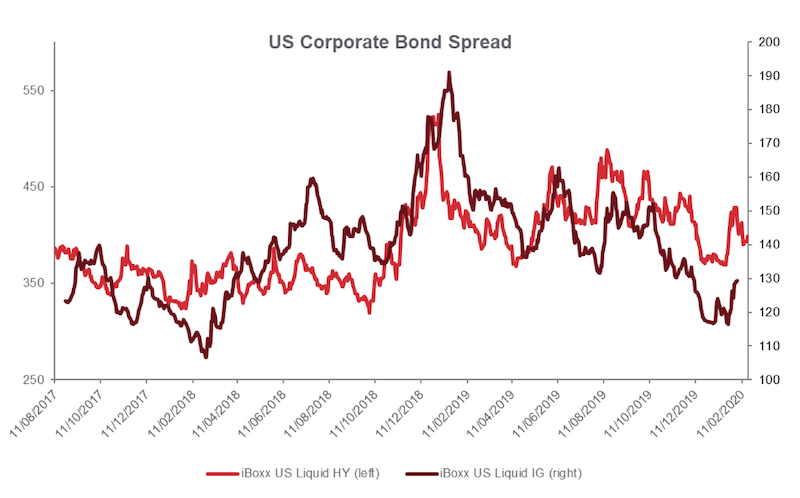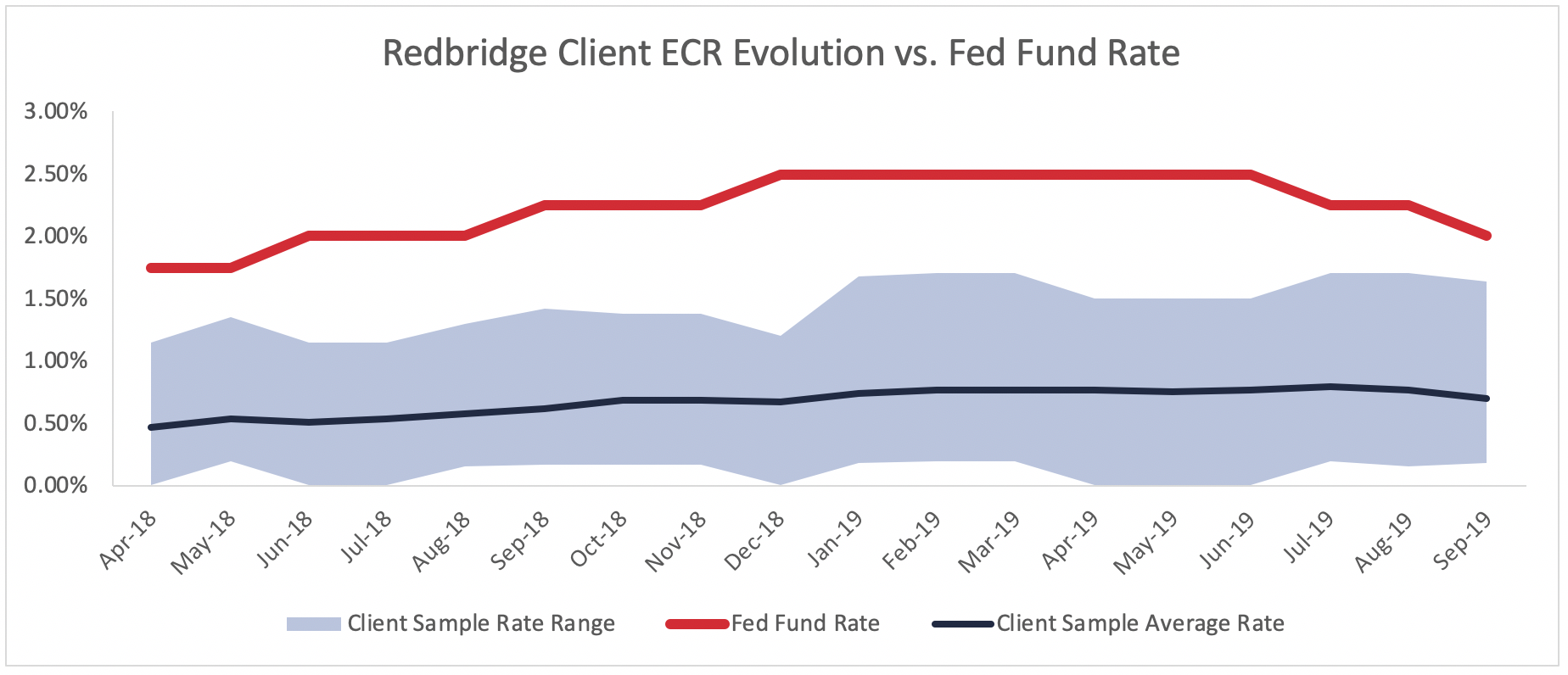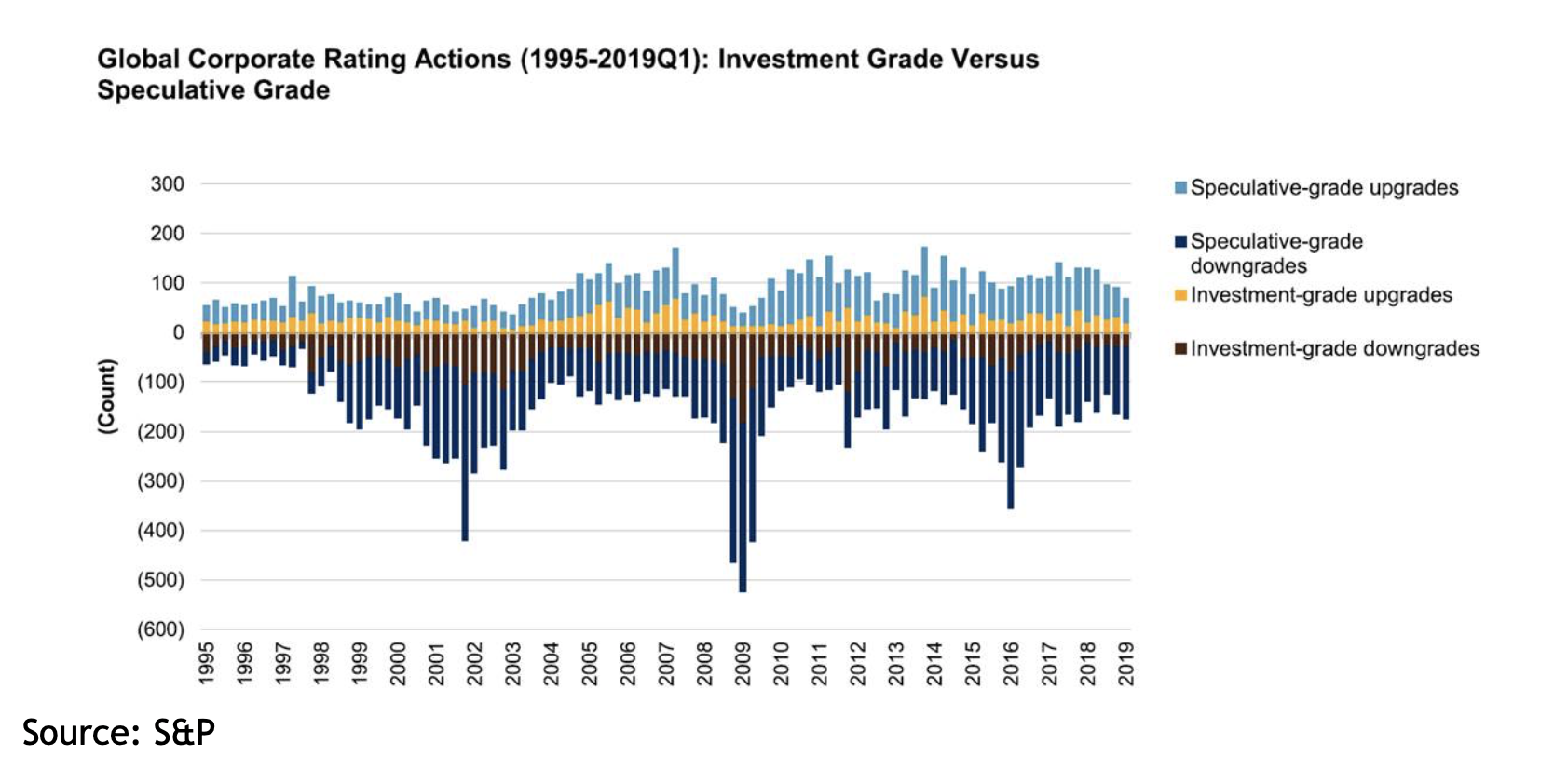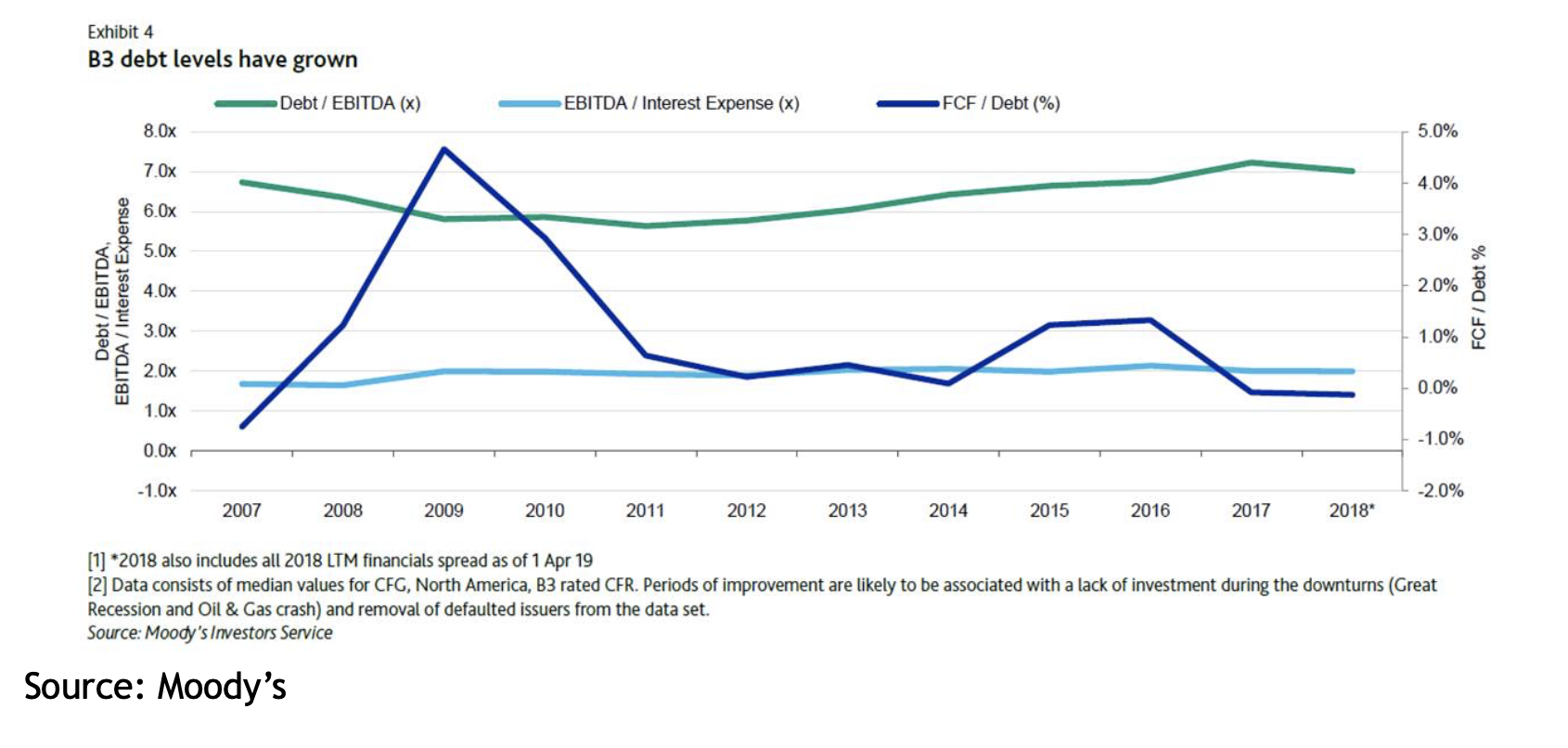Verteego believes that cash flow forecasts should be rethought to improve how companies are managed and increase their profitability.
– Can you describe what Verteego does?
– Verteego forecasts sales using artificial intelligence technology directly inspired by the human brain. We have developed different blocks, which conceptually correspond to the lobes of the human brain. One block is used to predict, process and store data. Another understands and generates natural language, which is particularly important in modeling the sales of new products by including labels and descriptions. Another is used to recognise images or to visually compare different items, for example. And the last block coordinates all of the other blocks.
Our goal is to provide more accurate forecasts than those achieved by traditional methods and to become even more reliable than machine learning algorithms. Our team of 30 professionals includes 10 people with PhDs in computer science, mathematics, biology and chemistry.
We provide our customers with three dimensions: technology, a team of skilled professionals to integrate our technology into the company’s systems, and a willingness to conduct research with experts across all industries.
– What can you bring to corporate finance?
– In finance, we can provide more detailed forecasts. We replace or complement linear statistical systems or management rules, or a combination of both, with self-learning systems based on machine learning. Our approach should, in most cases, lead to more accurate forecasts. What’s more, once a company improves its predictions, it can improve its management, its turnover and its profitability.
We try to predict flows of all types. We work a lot on sales or store traffic forecasts. A lot of things result from sales. Corporate cash flows are just one of them. By using historical data coupled with artificial intelligence, it’s possible to predict just about anything. For example, we have developed models to predict employee turnover.
– How do you incorporate artificial intelligence into forecasts?
– Our projects generally begin with data exploration and analysis. Next, we run the solution we’ve developed with a restricted scope to check if it creates value. If the test is conclusive, we will calculate the solution’s return on investment for the intended scope, based in particular on comparisons between historical data and the previous forecasting system. Finally, launch involves connecting the customer’s upstream and downstream systems. This last step is very important because it is necessary to set – and enforce – standards for the quality of the data provided by the company’s entities or departments.
Sales data is generally rather clean and well managed, and therefore usable. Our clients often receive support from their teams as they present their project. To succeed in cash flow forecasting, we have chosen to combine our technological expertise with Redbridge’s business expertise. This partnership makes it possible for us to better respond to the problems and needs of each client and to provide an operational and value-creating solution more quickly.
– How long does it take to improve cash flow forecasts with Verteego and Redbridge?
– Our work is agile and fast-paced, and we work on a relatively tight schedule. It takes between two to three months to deliver an operational solution. To be successful, the customer must entrust all their problems to us so that we can design a tool to solve them. We need to measure the added value of our solution. Our business model is based on a very low start-up cost, coupled with a subscription model that depends technologically on the number of models running (per store, per business unit, etc.). We like to propose fee scales based on the success of and value created by our solutions. That would make each of our projects even more motivating!




